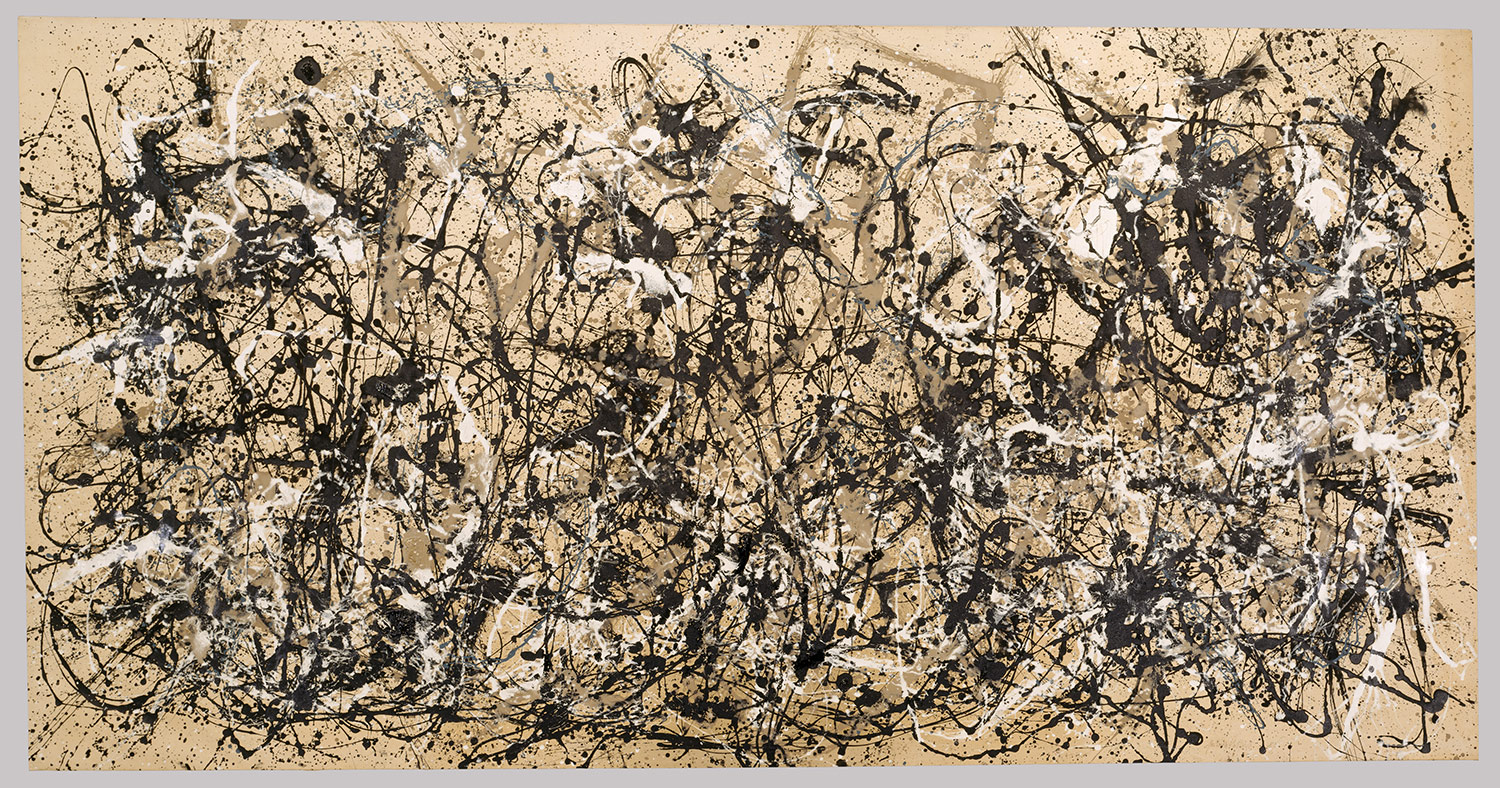Egyptian Art part5
The first generation of modern Egyptian artists was driven by a renewed
appreciation of their national patrimony and the return to ancient pharaonic art. In painting, it was apparentin the symbolic references derived from ancient
Egypt or rural life.
They used calligraphy and geometric design
to convey spiritual and political messages in decorative or abstract styles, a
trend that is known in Arab and some Islamic countries as the Calligraphic School of Art.
Egyptian artists often work within one of three directions:
1. historic and national themes.
2. political themes mainly related to the West's and Israel's attitudes towards different Arab states.
3. emotionally, expressive motifs.
Although the Egyptians did aim for great aesthetic levels in their art, they did not create masterpieces for the simple pleasure of admiring them. The most incredible change of artistic values occurred during a very prosperous age.
This image is an inspiration of Egyptian Art as it is clearly shown from the colours and shapes. It has bright colours in which it is an aspect of a modernized model or painting.
The Nile is also a very recurring aspect of Egyptian culture and beliefs, a sign of fertility, but also in Egyptian contemporary art. Mythological stories from Ancient Egypt often use the Nile as the center of the story, and so do Egyptian contemporary artists.
Bibliography:
inspirations from egyptian art - Google Search. 2013. inspirations from egyptian art - Google Search. [ONLINE] Available at: https://www.google.com.mt/search?psj=1&bav=on.2,or.r_cp.r_qf.&bvm=bv.46751780,d.ZWU&biw=1088&bih=496&wrapid=tlif136913244274410&um=1&ie=UTF-8&hl=en&tbm=isch&source=og&sa=N&tab=wi&ei=vk2bUb_IOsmNOKTqgLAL&q=inspirations%20from%20egyptian%20art#imgrc=1UAbwhgdF53AAM%3A%3BYTWvHPpnNUcACM%3Bhttp%253A%252F%252Fuploads.thealternativepress.com%252Fuploads%252Fphotos%252Feg%252Fbest_dec95d84f5f92a048407_mohamed_201.jpg%3Bhttp%253A%252F%252Fthealternativepress.com%252Ftowns%252Fpaterson%252Farticles%252Fegyptian-artist-draws-inspiration-from-life-in-pa%3B1950%3B1350. [Accessed 21 May 2013].
Contemporary Art in Egypt - Wikipedia, the free encyclopedia. 2013. Contemporary Art in Egypt - Wikipedia, the free encyclopedia. [ONLINE] Available at: http://en.wikipedia.org/wiki/Contemporary_Art_in_Egypt. [Accessed 21 May 2013].








